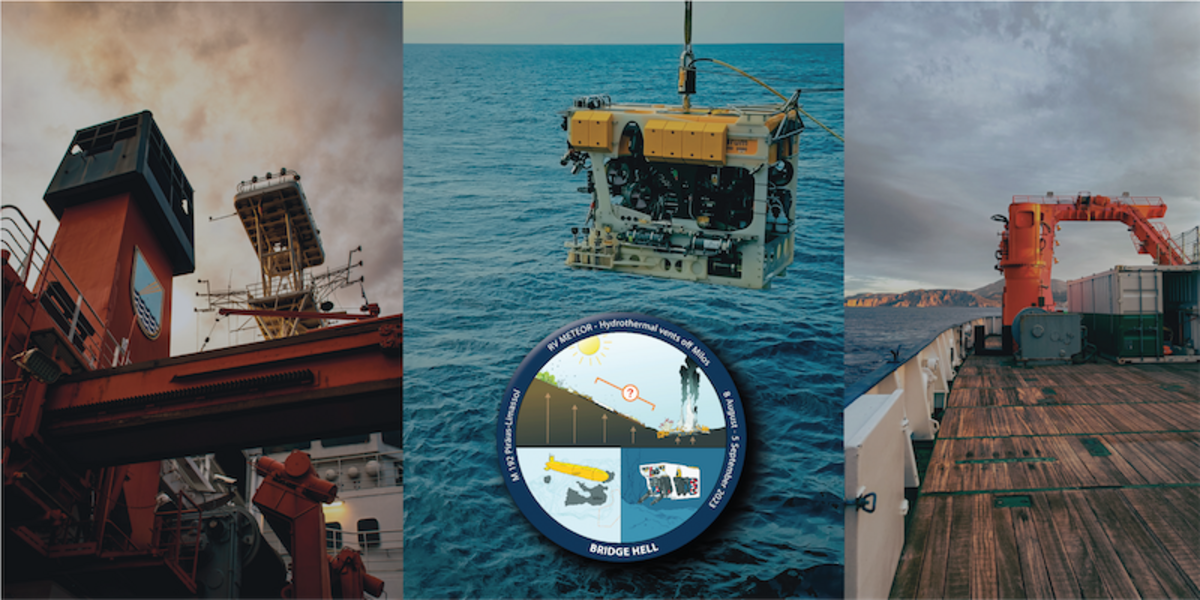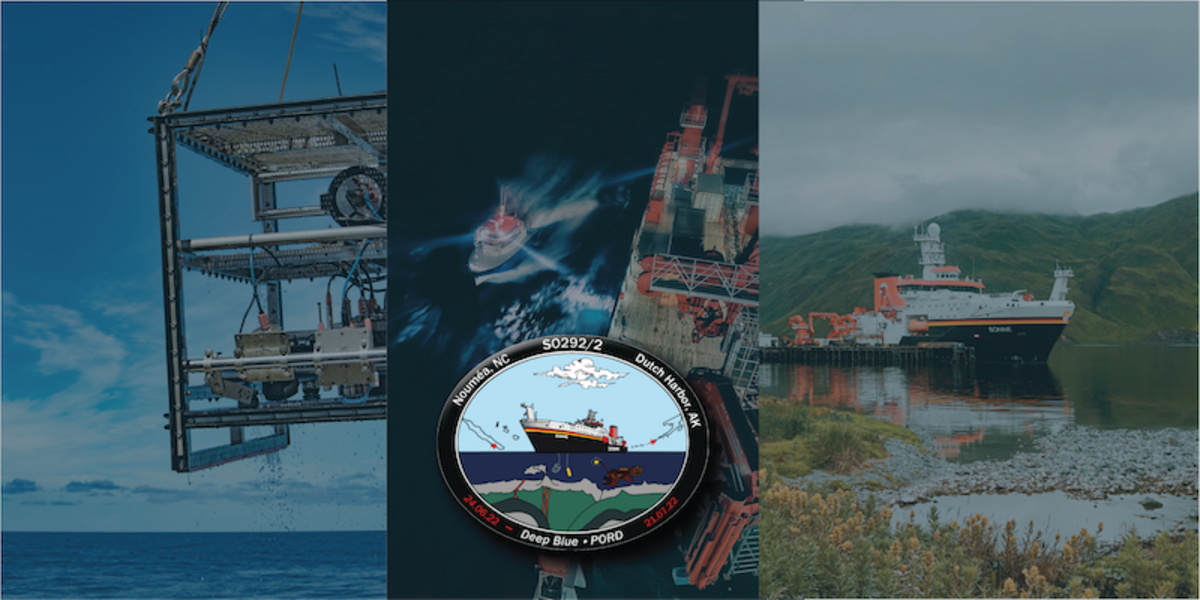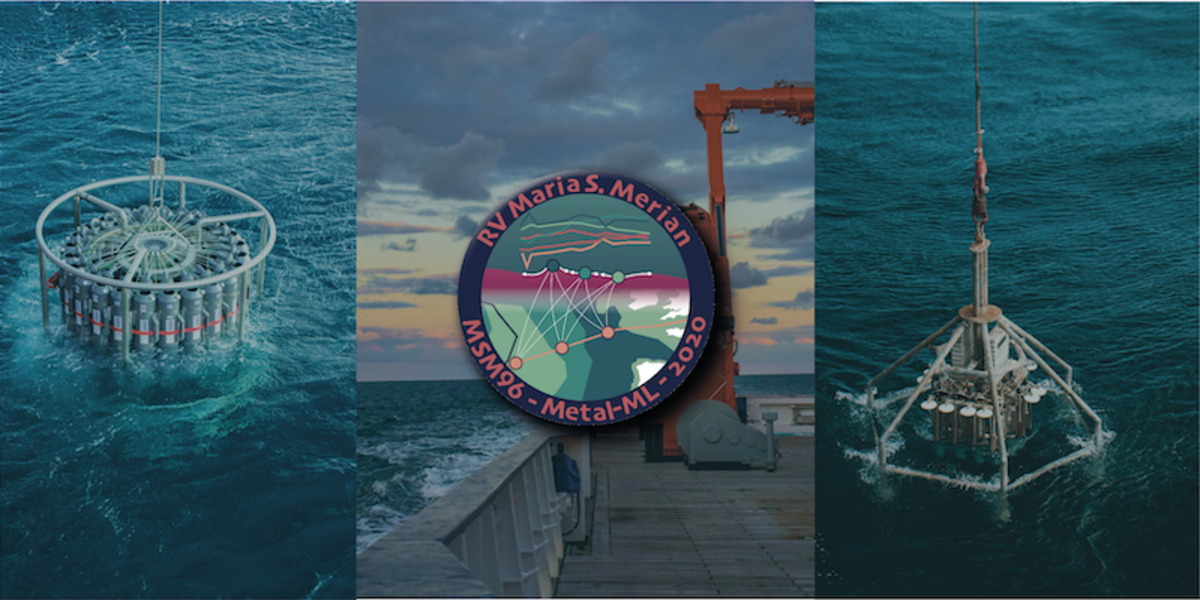Piraeus (Greece) - Limassol (Cyprus) / 08.08.2023 - 05.09.2023
Palash Kumawat
M.Sc. Palash Kumawat
GEO Room 5320
Klagenfurter Straße 2-4
28359 Bremen, Germany
Phone: +49 421 218 65405
Email
I’m a biogeochemist studying fluid-microbe-mineral interactions at shallow subduction settings, and in ancient serpentinites from similar paleo-environments; investigating their role in harboring chemosynthetic life in extreme environments. Geofuel emissions like H2 and CH4 produced during low-temperature fluid interactions and pervasive serpentinization in ultramafic rocks have been suggested to be cardinal in harboring chemosynthetic life. Serpentinization is an ancient process, where the places of serpentinization are modern analogs of the primordial Earth. Serpentinization and its reaction products must have provided chemical disequilibria, redox potential, and a highly alkaline environment. The serpentinizing environment and essential precursor biomolecules must have served as a prebiotic soup from life to emerge! This knowledge can also be applied to analogous environments on other celestial bodies, thereby extending our understanding of extreme environments beyond Earth.
I employ various petrological, and geochemical methods to asses serpentinization-related redox states and quantify H2 and CH4 productions in these systems. My interest also lies in Reaction-Path and Bioenergetics modeling to investigate fluid mixing scenarios and shed light on the bio-availability of these geofuels.
I use tools like molecular lipid biomarker analysis to characterize and study extremophilic microbial communities and microbial physiological responses to environmental changes.
Curriculum vitae
Scientific career
| since Jan. 2023 | PhD student in the research group Petrology of Ocean Crust at the University of Bremen |
| Nov. 2022 | MSc. degree in "Marine Geosciences", Bremen University |
| 2019-2022 | MSc. "Marine Geosciences" at Bremen University |
| Juni 2019 | BSc. degree in "Geology" at St. Xavier’s College, Mumbai University, India |
Publications
- Menapace W, Behrendt N, Cornard P, Dmello G, Dörner S, Felgendreher M, Fleischmann T, Henningsen A, Ichiyama Y, Kinne S, Krug A, Kumawat P, Lauster B, Lütjens M, Matzerath P, Stavrakoudis S, Takamizawa S, Von Kieckebusch C, Witzleb A, Xu S, Zawadzki D, Zhang J (2023): Characterization and monitoring of serpentinite mud volcanoes’ fluid/solid emissions in the Mariana Forearc (Cruise No. SO292/2), Cruise Report, 134 p.,doi:10.48433/cr_so292_2.
- Kumawat P, Schubotz F, Bach W, Albers E (2022): Characterizing chemosynthetic microbial communities in abyssal serpentinites: a lipid biomarker approach. MARUM Ocean Floor Symposium “Understanding element fluxes – processes and budgets”, Bremen (Poster)
- Kumawat P, Albers E, Wörmer L, Wendt J, Bach W, Schubotz F (2023): Characterizing chemosynthetic microbial communities in abyssal serpentinites: a lipid biomarker approach. Identifying future perspectives to link modern and ancient environments in the search for biosignatures, Tübingen University, Tübingen, Germany (Poster)
- Kumawat P (2023): Serpentinization, Hydrogen & Life: Insights into modern & ancient serpentine mud volcanism. Bremen PhD Days in Marine Sciences, Visselhövede, Germany (Talk)
Master Thesis
- Kumawat P (2022): Characterization of microbial lipid patterns in serpentinite seafloor deposits. Master Thesis, Bremen University




